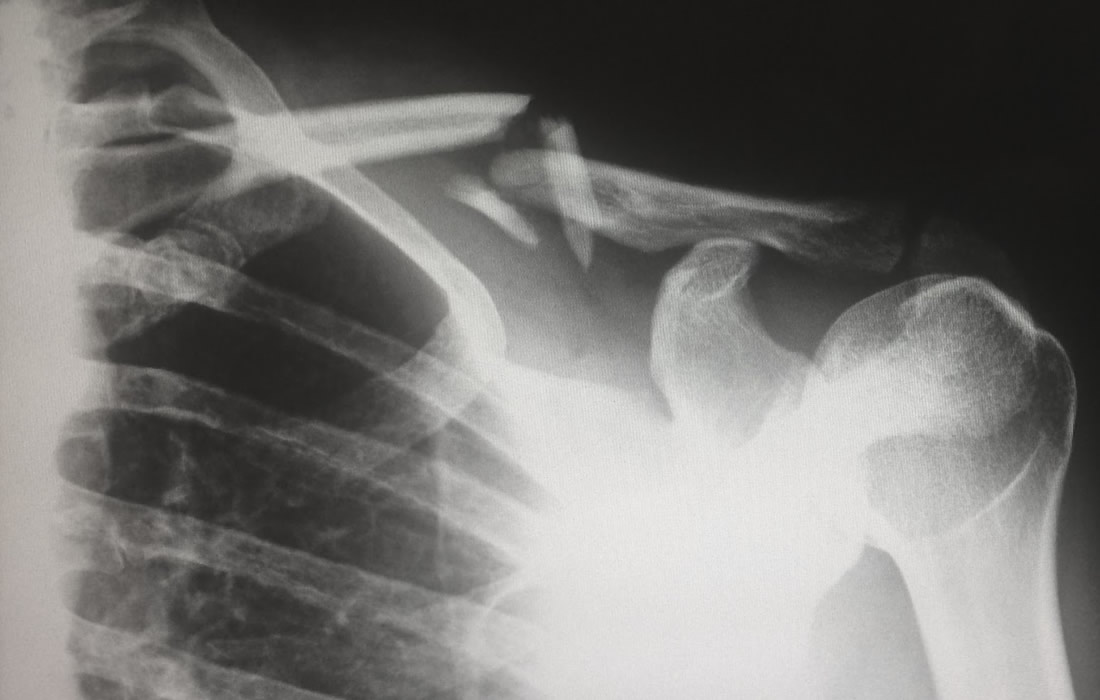Regenerative Medicine News and General Information
New Insights on Bone Regeneration
Bones can repair themselves after a minor break or fracture, leaving us as good as new. Unfortunately, after a larger injury bones often don’t heal well. Although there are many different ways to improve bone repair over larger areas in animal models, very few techniques translate well into the clinic.
A research team decided to tackle this challenge using vascular endothelial growth factor (VEGF), which improves regeneration of the blood circulatory system, and Runt-related transcription factor 2 (Runx2), which is important for bone regeneration.
“We had already used these two factors to improve bone regeneration in mice in a previous study,” explains senior author of the study Keiji Itaka. “But we injected DNA, which can insert itself into the body’s genetic information, rather than RNA, which cannot; this meant that our findings had little clinical relevance because of the risks involved.”
In their new study, the researchers used messenger RNA encoding VEGF and Runx2. They first demonstrated that the combination of these two RNAs led to a better regenerative response in bone cells than each RNA alone. Next, they injected the RNA combination into rats with large jawbone lesions. After three weekly injections, the jawbones of these mice were almost completely healed, unlike those of control mice.
“Our technique is especially promising for clinical use because of the coating that we used for the VEGF and Runx2 RNA,” explains Maorui Zhang, lead author of the study. “Many previous studies have used lipid nanoparticles, but this coating leads to inflammation, limiting its clinical use. We used a coating that we had developed previously, known as polyplex nanomicelles, which leads to very little inflammation.”
Given that large bone injuries can be difficult to repair in the clinic, the findings of this study bring new hope to patients. The use of combinations of RNA coated in polyplex nanomicelles is potentially an effective, low-risk technique for improving bone repair in humans and has many promising clinical applications.
Sources:
Maorui Zhang, Yuta Fukushima, Kosuke Nozaki, Hideyuki Nakanishi, Jia Deng, Noriyuki Wakabayashi, Keiji Itaka. Enhancement of bone regeneration by coadministration of angiogenic and osteogenic factors using messenger RNA. Inflammation and Regeneration, 2023; 43 (1) DOI: 10.1186/s41232-023-00285-3
Tokyo Medical and Dental University. “A novel bone regeneration technique with clinical potential.” ScienceDaily. ScienceDaily, 25 July 2023. <www.sciencedaily.com/releases/2023/07/230725123125.htm>.
Images from:
Photo by Harlie Raethel
https://unsplash.com/photos/ouyjDk-KdfY

